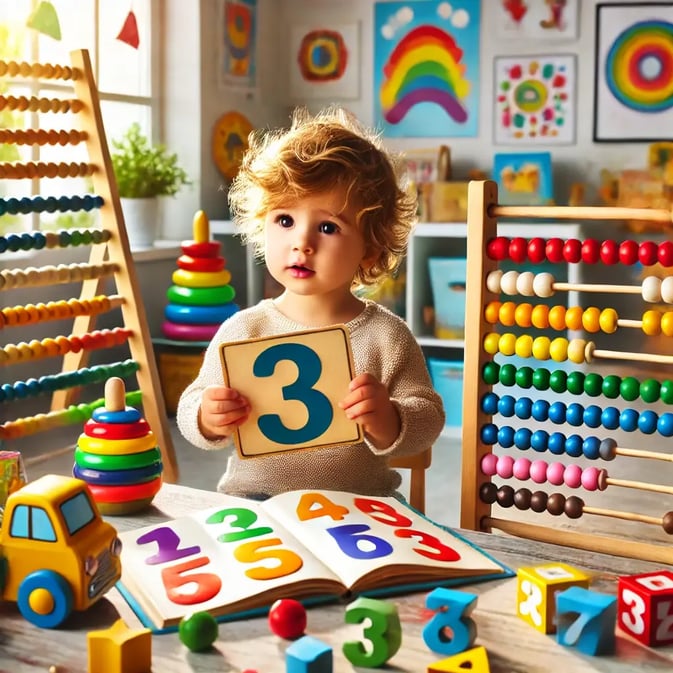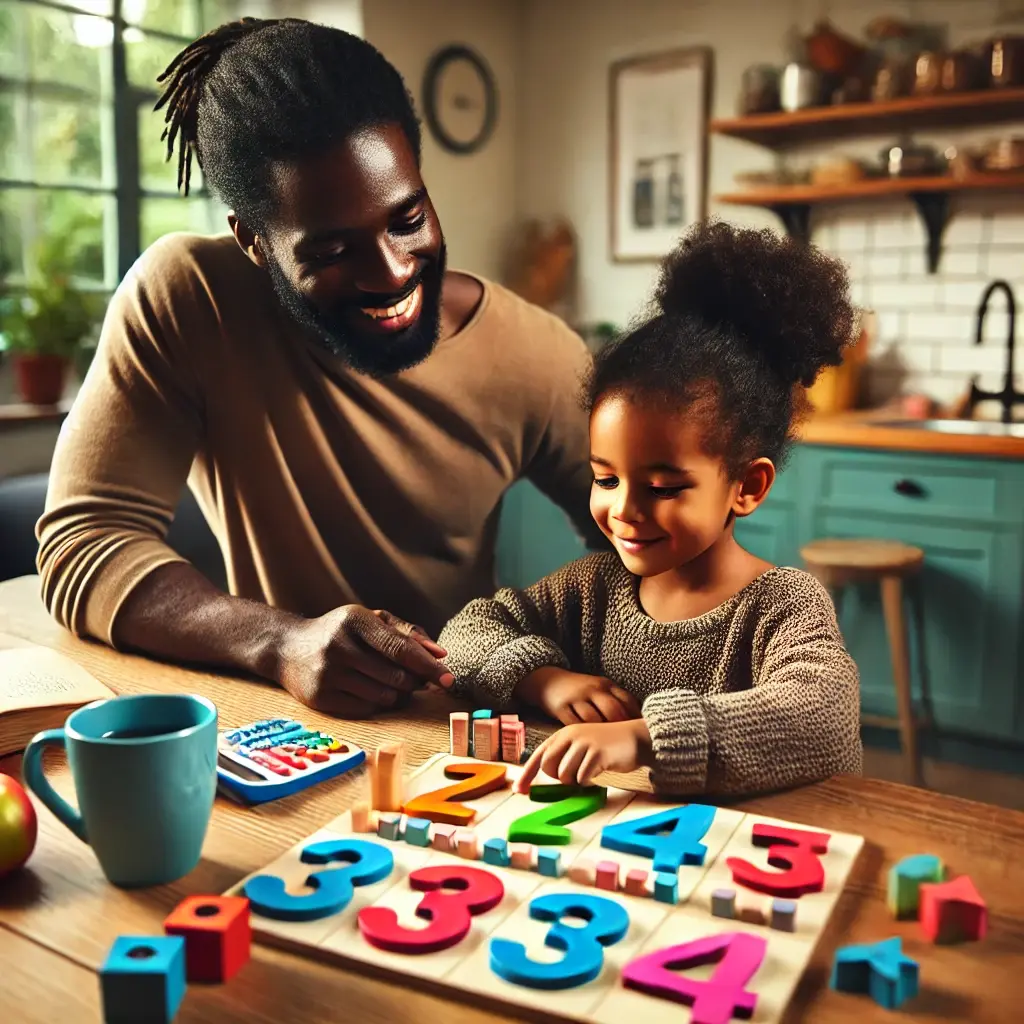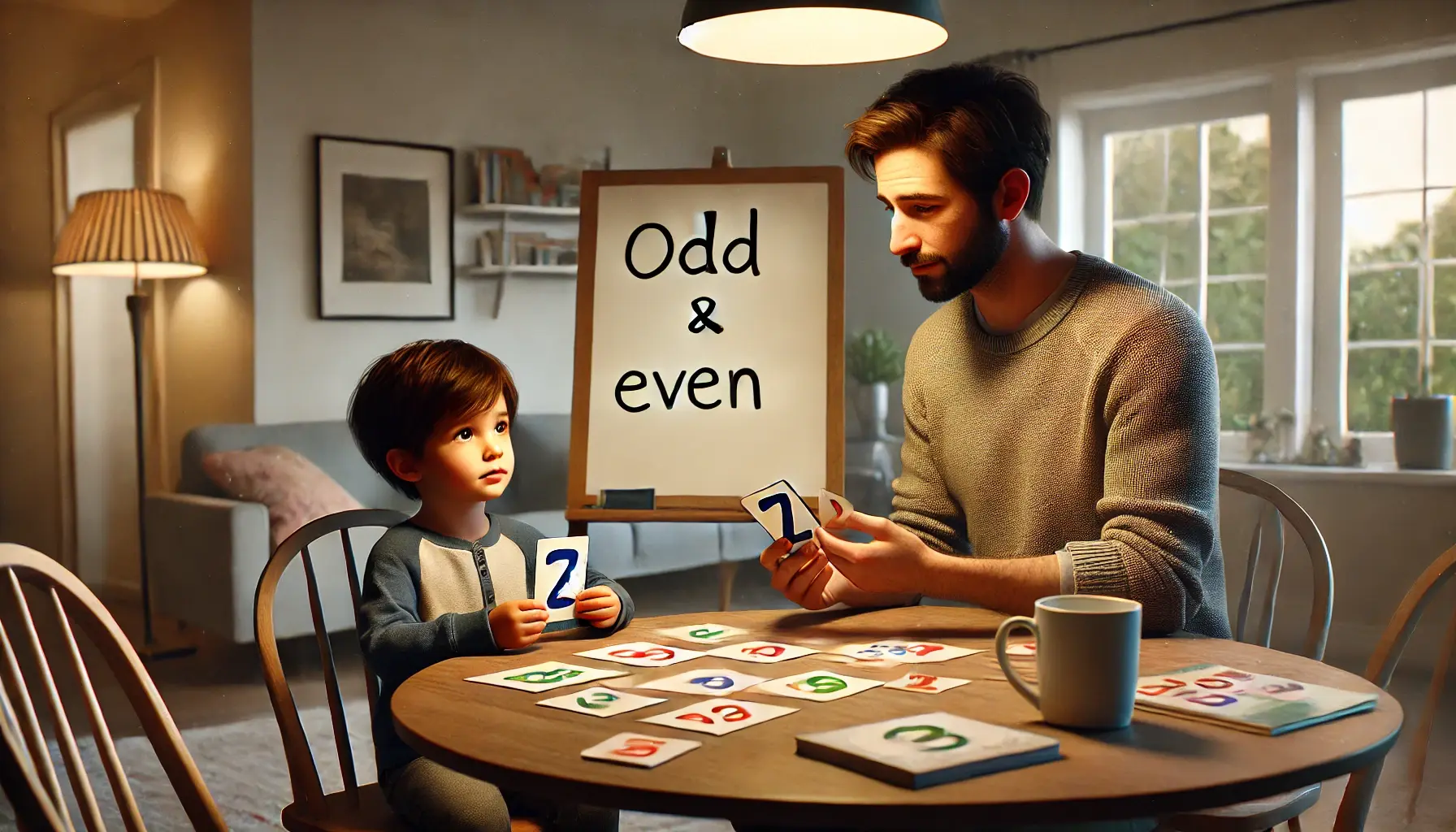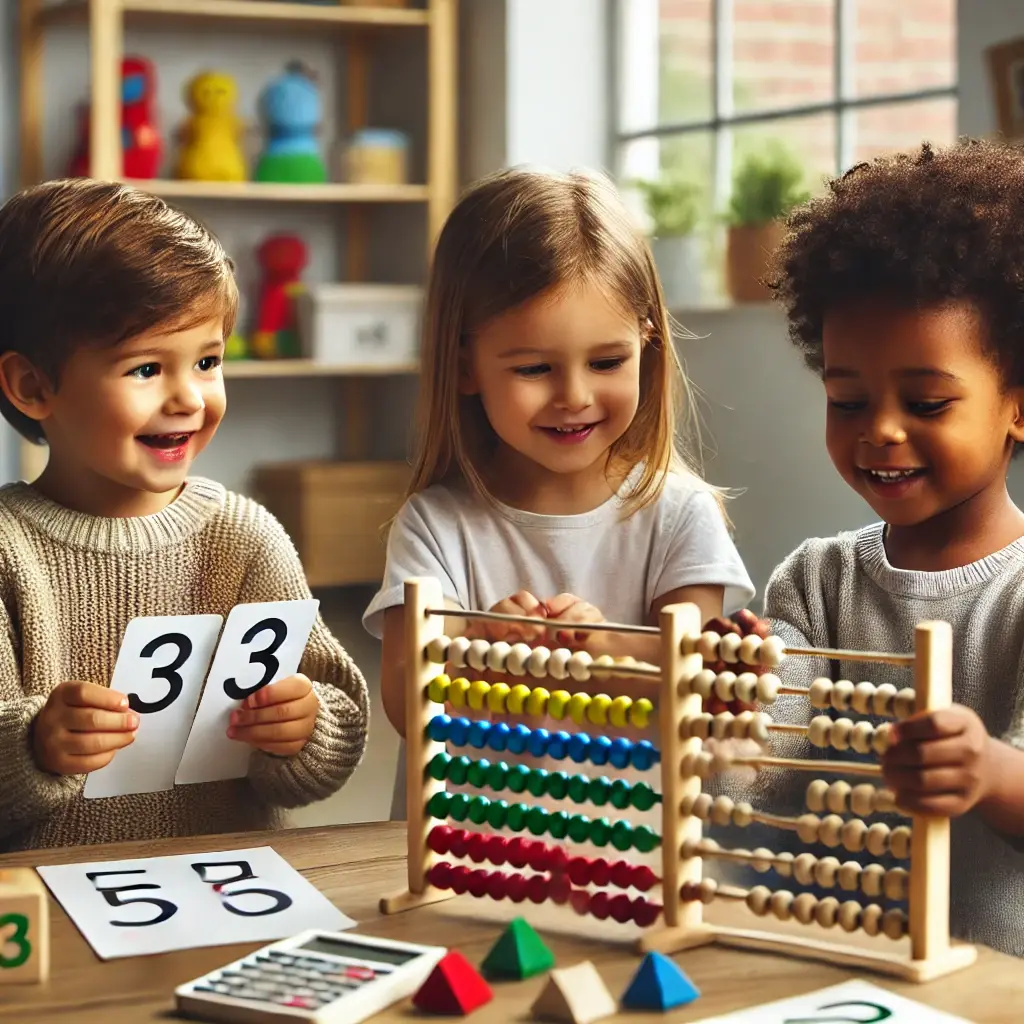
Number recognition is the building block for counting, arithmetic, and enhancing number sense. Without number recognition, our kids would lack the crucial information to make sense of the world around them. Number recognition lays the foundation for mathematical development and, in turn, academic success. We all know why it is important for our children to develop an understanding of number values, so the article’s aim is to provide you with strategies, activities, games, and additional resources to teach number recognition.
Overview of Number Recognition
Being able to recognize numbers means to identify, visualize, and name them. Understanding number recognition means your child understands each number is an individual symbol that represents a specific value. Number recognition is critical for early math learning because it sets up your child to understand more complex mathematical concepts. That said, we want to make sure we’re teaching number recognition early so your child can start making associations with quantities and values.
It’s also important to mention that there are age ranges to help guide you on when your child can begin to learn number recognition. It’s important to note every child learns differently and at different paces, so keep encouraging your child with different activities and be patient. Below, I will outline age-appropriate ranges for learning number recognition.
- Ages 2-3: This is when your child may start to recognize numbers in things they see, such as toys or household items. This is also where they may recognize numbers that have personal significance to them, such as their age.
- Ages 3-4: At this point, children can identify 1 through 10 and can begin counting objects up to 10. This is when sequencing numbers also comes into play; they know 2 comes after 1, and so on.
- Age 4-5: Here is when children become more proficient with counting and sequencing 1 to 20. This is when they can start to understand number values, such as numbers on the clock or how many toys they may have.
Strategies for Teaching Number Recognition
Teaching opportunities when it comes to number recognition are all around us. Take advantage of real-life examples that your child encounters consistently. In addition, it helps to introduce numbers gradually, and it is padded with fun activities to teach your child best.
1. Use Real-Life Examples
As mentioned, numbers are all around us. Use clocks, household items, toys, and signs to help teach your child number recognition. The more relevant to your child’s life, the easier it will be for them to remember and identify in the classroom.
2. Introduce Numbers One at a Time
We also want to make sure we’re not overwhelming our kids, so make sure to focus on one number per lesson to avoid confusion and stress. To help you better organize your teachings, I will suggest an age-appropriate timeline for teaching each number below.
- Ages 2-3: This is where your child can begin recognizing small numbers such as 1-3. It helps because we have two eyes, two ears, and one nose. Helping them identify what they have 1, 2, or 3 of will help them.
- Ages 3-4: This is when they have an idea of counting 1-10 in a clear sequence.
- Ages 4-5: This is when they have developed an understanding of 11-20. They have a fairly clear sequence, and they’ve grasped an idea of “teens” as 10 plus additional ones.
- Ages 5-6: This is when they begin naming and recognizing 21-50. This is when place value and simple mathematical operations can begin.
3. Engage in Fun Activities
- Number Scavenger Hunt: This is where you can have your child find the number of items around the house.
- Counting Games: This is a simple game, but have your child count and recognize the numbers of toys, socks, fruits, plates, etc.
- Number Art: This is also simple, but drawing numbers or having your child draw pictures and have them count the items or people in the drawing.
Interactive Games to Reinforce Learning
1. Sorting and Matching Games
- Sorting Game: Have a set of cards with different number values and have your child place them in order.
- Matching Game: Having two sets of cards, one with numbers on it and the other with objects, and they have to match the correct number and objects together.
2. Number Puzzles
- Number Sequence Puzzle: This is where your child can put together a puzzle, but for it to fit, they need to put the numbers in order.
- Sudoku for Kids: Essentially, sudoku with smaller grids so your child can practice sequencing and number placement.
- Dot-to-Dot Puzzles: This requires your child to connect dots in the correct numerical order to reveal a picture.
3. Digital Apps and Tools
- Endless Number: An app that teaches number counting and basic arithmetic with animations.
- Number Train: Learn numbers through train-themed activities.
- SplashLearn: A website that provides all kinds of tools and exercises for learning and naming numbers.
Tools and Resources for Teaching Number Recognition
1. Books:
- "Chicka Chicka 1, 2, 3" by Bill Martin Jr. and Michael Sampson: Introduces numbers 1-100 in a fun, rhythmic way.
- "The Very Hungry Caterpillar" by Eric Carle, One of my personal favorites, takes you through the journey of a hungry caterpillar eating many things in sequence.
- "Numbers: A Lift-the-Flap Book" by Roger Priddy: This book is more tactile and has kids lift the flap to discover different numbers.
2. Flashcards
- "School Zone Numbers 1-100 Flash Cards"
- "Eric Carle's Animals 123 Flash Cards"
- "Math Skillbuilders Flash Cards: Numbers 1-20" by Scholastic
3. Educational Apps and Websites
- ABCmouse.com
- Khan Academy Kids
- Preschool Math Games for Kids
- Todo Math
Try Genie Academy for Extra Support
Genie Academy is a wonderful resource that provides tutoring for core subjects like math, reading, and writing for children in different grades. Offering customizable curriculums tailored to your child’s pace, Genie Academy ensures every learner thrives. Along with engaging workbooks that focus on skills such as number recognition and handwriting, Genie Academy fosters a positive learning environment where your child will be enthusiastic and motivated to learn. With six convenient locations in New Jersey – Plainsboro, East Brunswick, South Brunswick, Hillsborough, South Plainfield, and Marlboro – Genie Academy is here to support your child’s educational journey.
Common Challenges and How to Overcome Them
1. Difficulty with Abstract Concepts
It helps to use beads and blocks so your child can have tangible objects to count with and identify numbers with. The more your child can visualize, the better they can understand abstract concepts. You can also help your child count and group everyday household objects, e.g., fruit slices, clothes, and toys. You can create a number line to help your child visualize numbers and their sequence and have that hung up somewhere they can see it consistently.
2. Maintaining Interest and Engagement
Maintaining interest and engagement can be easy when you incorporate a mix of games, activities, online resources, and physical blocks. As long as lessons are short but consistent with variation, maintaining interest won't be a problem.
3. Dealing with Mistakes Positively
It’s important to invite your child to make mistakes; this is how they learn. If we begin to deal with mistakes positively, we’re welcoming our kids to try. As much as you can, try to provide positive reinforcement and work through a problem together when your child gets it incorrect. The key is to reward effort!
Conclusion
Number recognition is one of the most important skills for your child’s academic success. Without number recognition, they wouldn’t be able to do arithmetic, algebra, or identify their age. Teaching number recognition early is super valuable for kids, and mastering number recognition will transform their early math experience in school. Outside of school, mastering number recognition early will help your child with critical thinking and problem-solving and prepare for complex concepts.
Lastly, it builds confidence to be able to recognize numbers early, and as parents, helping build your child’s confidence is part of the goal. Be patient with yourselves and your child. They will understand and know each kid learns at their own pace but keep getting creative. You got this, and if you need some extra structured support, Genie Academy is always here to help.





